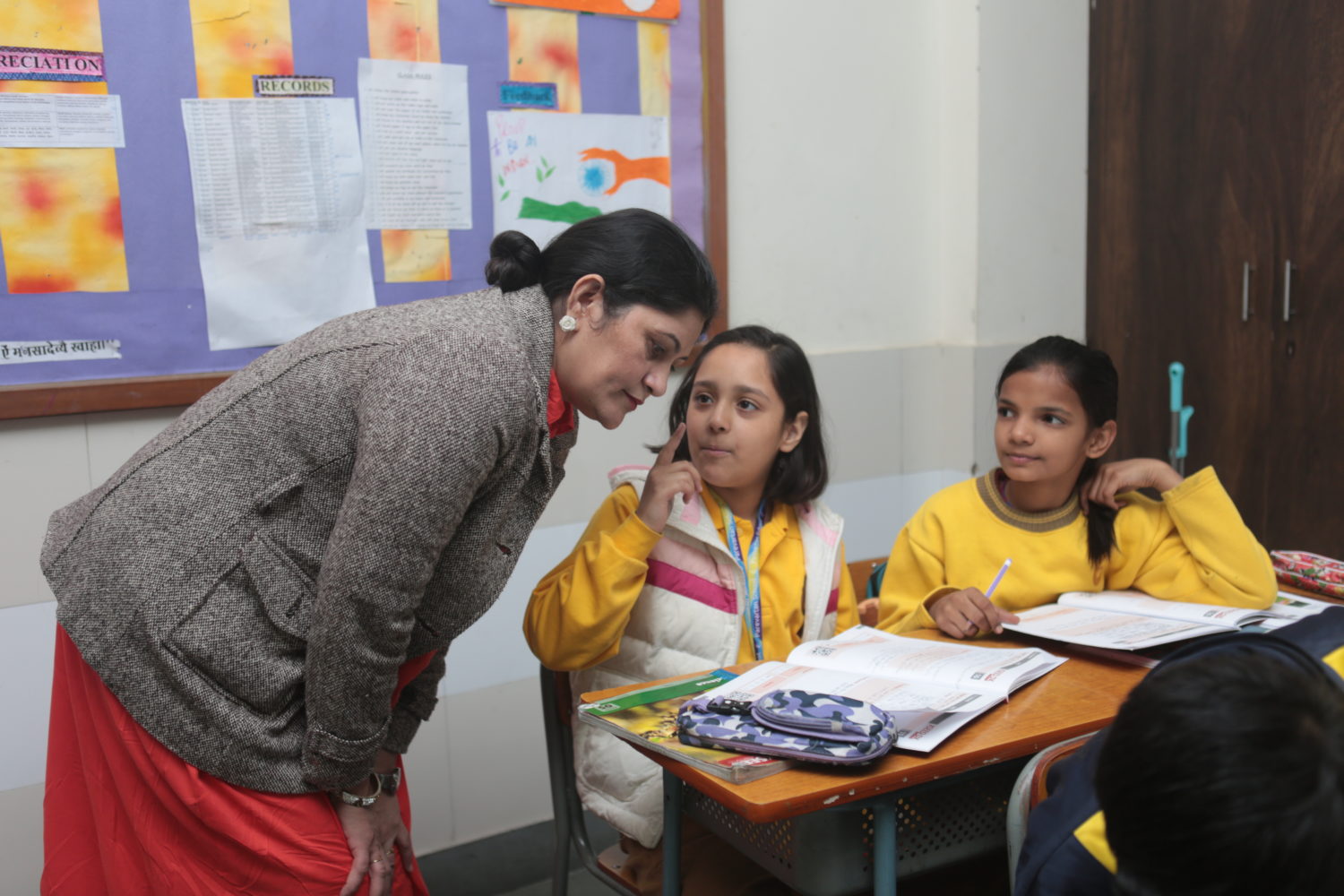
The Gazette Language Series: Encouraging Multilingualism in Student for Success
Education in the 21st century is all about adapting to the rapidly changing context that our children are growing up in. Arguably, the most integral part of an individual’s context is the language they communicate in. The Indian education system, however, in this regard has been seeing a paradox for many years – the disconnect between the languages used at home and in school. For most students in India, families communicate in a regional language or Hindi at home while the prescribed education material and medium of education in schools is English. While many educators claim that pushing students to become fluent in more than one language can confuse them and increase their struggles with academics, research proves that a multilingual child grows up to become more adaptive and successful in life.
In the first article of a 3-part series, we discuss that encouraging students to learn more than one language is an essential part of nurturing confidence and preparedness in them for the 21st century.
Multilingualism as a way success
Cognitive development:
Learning more than one language requires recognizing, analyzing and distinguishing linguistic patterns, grammatical rules and vocabulary of different languages. A regular switch while communicating sharpens the brains and helps develop mental capabilities.
A study conducted by French and Swedish scientist concluded that multilinguals outsmarted monolinguals in the strength of their working memory, executive function, cognitive quickness and conflict resolution. Moreover, it was observed that the brain mass of multilinguals was much higher than monolinguals.
Academic Performance:
Multilingual children perform better than monolingual children even in their native language. Knowing more than one language helps children develop a better understanding of how languages fundamentally function, and they develop stronger concepts of sentence formations, conjugation and vocabulary. This helps multilingual children do better at all languages they learn, including their native language.
This is also the reason why people who are fluent in more than one language learn additional language more easily.
Professional Success
Within a globalized workplace of the 21st century, knowing more than one language makes individuals better communicators, negotiators and successful at their jobs. Indian businesses are growing not just to become global but also penetrating smaller regional areas. As this expansion happens, Local Indian languages and foreign languages are gaining relevance equally.
Not to mention, with the knowledge of a foreign language, the prospects of moving abroad for work increase. The opportunities that individuals get become diverse, which brings opportunities of better financial health.
Social Skills
Multilingual children can mingle and make friends with people from diverse backgrounds more easily. Knowing a different language makes them culturally better aware, which enables them to connect with people on many different things.
Learning a new language also brings with it the context of a new culture and way of life, which helps students get to know about and engage with different hobbies and activities.
Lastly, acknowledging the native language of a child in class boosts his self-esteem and confidence. This inclusivity builds a strong sense of self and identity in the child which says that the context and background he/she comes from is relevant and respected.





